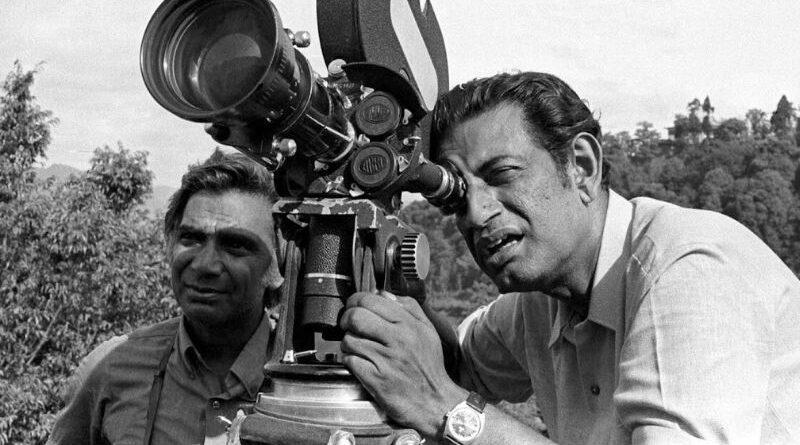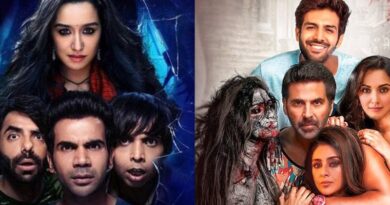Satyajit Ray’s Top 10 Films – Satyajit Ray, a luminary in the realm of cinema, left an indelible mark on Indian and global filmmaking. Renowned for his profound storytelling and masterful direction, Ray’s films continue to captivate audiences. This list explores Ray’s top 10 films based on IMDb ratings, a testament to the enduring appeal and critical acclaim of his work. From the poignant exploration of rural life in “Pather Panchali” to the complex emotions of “Charulata” and the socio-political commentary in “Shatranj Ke Khilari,” Ray’s films traverse diverse themes with unparalleled finesse. As we delve into these cinematic gems, we unravel the genius of Satyajit Ray, whose legacy remains an integral part of the cinematic tapestry.
Satyajit Ray’s Top 10 Films By IMDb Ratings
Pather Panchali (1955) – 8.6/10.
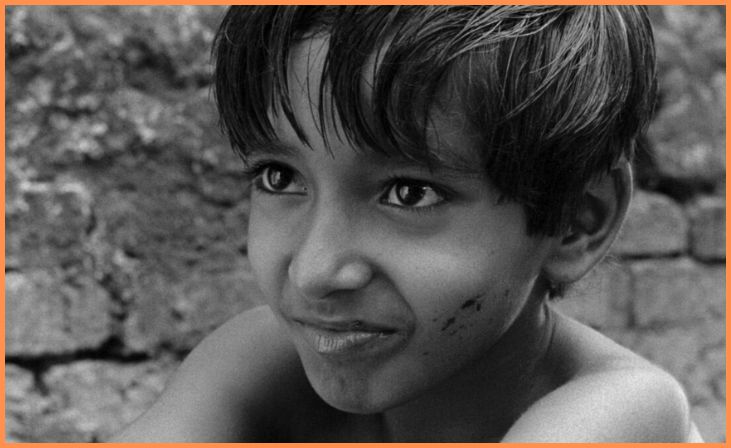
“Pather Panchali” (1955), the first film in Satyajit Ray’s acclaimed Apu Trilogy, holds an IMDb rating of 8.6/10. This masterful work introduces viewers to the life of Apu, a young boy growing up in rural Bengal. Ray’s sensitive storytelling and poignant portrayal of the struggles faced by Apu’s family make the film a classic in world cinema. With breathtaking cinematography by Subrata Mitra, the movie beautifully captures the essence of rural life, human relationships, and the passage of time. “Pather Panchali” is celebrated for its emotional depth, realistic characters, and its profound impact on Indian cinema, solidifying Ray’s status as a cinematic visionary..
Also, Read – Top 10 movies on OTT that are great for your mental health
Aparajito (1956) – 8.5/10
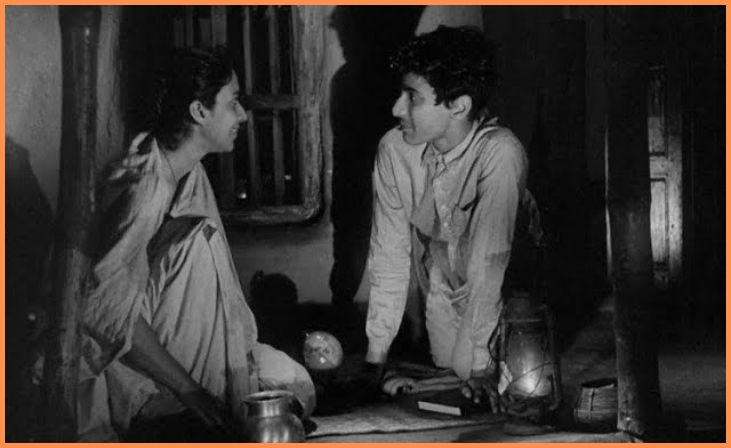
“Aparajito” (1956), the second installment in Satyajit Ray’s Apu Trilogy, boasts an IMDb rating of 8.5/10. Continuing the narrative of Apu’s journey, the film explores his adolescence and the challenges of urban life. Ray’s directorial finesse is evident in capturing Apu’s evolving relationships and the universal theme of the generational gap. The movie, beautifully shot by Subrata Mitra, skillfully navigates themes of ambition, sacrifice, and the inevitable complexities of life. “Aparajito” resonates with viewers for its emotional depth, compelling character development, and its contribution to the artistic triumph that is the Apu Trilogy, establishing Satyajit Ray as a cinematic maestro.
Apur Sansar (1959) – 8.5/10

“Apur Sansar” (1959), the final chapter in Satyajit Ray’s iconic Apu Trilogy, holds an IMDb rating of 8.5/10. This poignant film follows Apu into adulthood, navigating love, loss, and self-discovery. Ray’s storytelling prowess shines as he concludes Apu’s journey with profound insights into human relationships and the pursuit of meaning. The film’s emotional impact is complemented by Subrata Mitra’s evocative cinematography. “Apur Sansar” stands as a testament to Ray’s ability to capture the essence of life’s complexities, offering a satisfying resolution to Apu’s narrative. With its universal themes, the film remains a timeless masterpiece, contributing to Ray’s enduring legacy in world cinema.
Charulata (1964) – 8.3/10
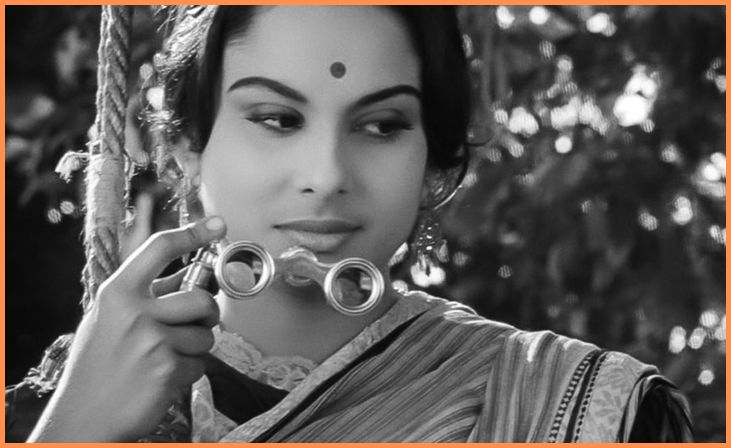
“Charulata” (1964), directed by Satyajit Ray, holds an IMDb rating of 8.3/10. This exquisite film is a compelling exploration of a woman’s emotional and intellectual awakening in 19th-century Bengal. Ray’s meticulous direction and Soumendu Roy’s cinematography create a visually captivating experience. The story revolves around Charulata, portrayed with grace by Madhabi Mukherjee, and her complex relationships within a stifling aristocratic household. The film is celebrated for its nuanced characters, subtle storytelling, and the portrayal of societal constraints. “Charulata” is a testament to Ray’s ability to weave intricate narratives, leaving an indelible mark on the landscape of Indian cinema.
Days and Nights in the Forest (1970) – 8.3/10
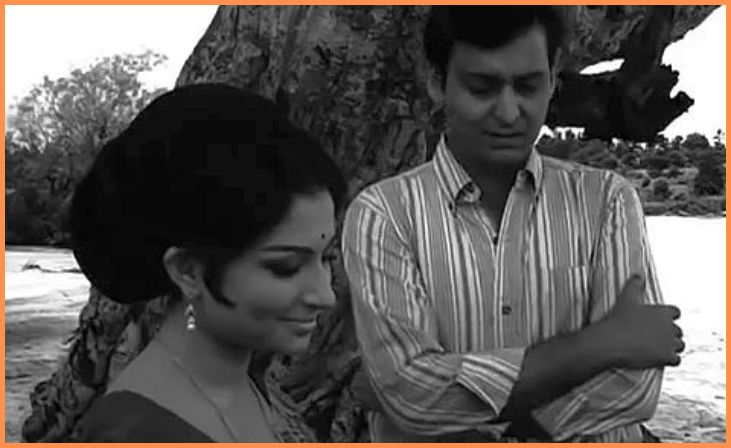
“Days and Nights in the Forest” (1970), directed by Satyajit Ray, holds an IMDb rating of 8.3/10. In this film, Ray delves into the complexities of urban life and human relationships as four friends embark on a weekend getaway. The narrative subtly explores societal norms, individual aspirations, and the intricacies of friendship and romance. Ray’s keen observations, coupled with Subrata Mitra’s cinematography, create a compelling cinematic experience. The film’s nuanced characterizations and exploration of the human psyche contribute to its enduring appeal. “Days and Nights in the Forest” stands as another testament to Satyajit Ray’s storytelling prowess and his ability to capture the essence of human existence.
Also, Read – Top Most Anticipated Movies of 2024 by IMDb
Devi (1960) – 8.2/10
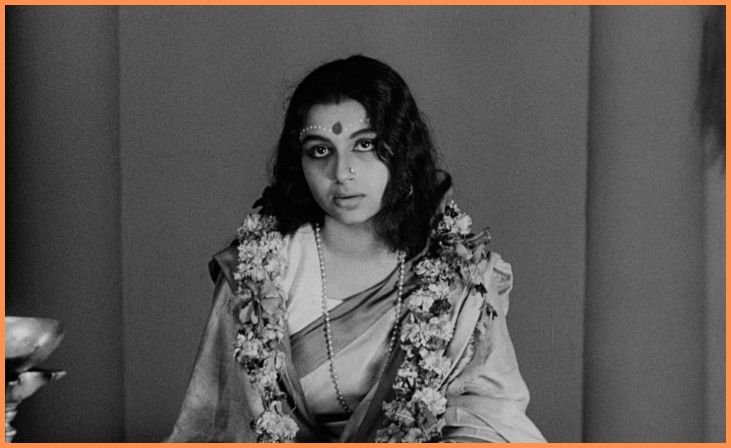
“Devi” (1960), directed by Satyajit Ray, holds an IMDb rating of 8.2/10. This thought-provoking film explores the intersection of faith, superstition, and human psychology in a rural setting. Ray weaves a compelling narrative around a young woman, played by Sharmila Tagore, who becomes the center of a religious fervor when her father-in-law believes her to be the reincarnation of the goddess Kali. The film is a poignant commentary on the impact of blind faith and societal expectations. Ray’s direction, along with the evocative cinematography by Subrata Mitra, creates a visually stunning and thematically rich cinematic experience. “Devi” is a masterful exploration of cultural tensions and personal identity.
Jalsaghar (1958) – 8.1/10

“Jalsaghar” (1958), directed by Satyajit Ray, holds an IMDb rating of 8.1/10. This evocative film, also known as “The Music Room,” unfolds a poignant narrative centered around the decline of an aristocrat mesmerized by classical music. Ray’s direction, coupled with Subrata Mitra’s cinematography, captures the grandeur of the decaying mansion and the protagonist’s internal turmoil. The film delves into themes of cultural change, nostalgia, and the clash between tradition and modernity. With meticulous attention to detail, Ray creates a visually stunning and emotionally resonant cinematic experience. “Jalsaghar” stands as a testament to Ray’s ability to weave rich narratives while exploring the intricate facets of human nature and societal shifts.
Mahanagar (1963) – 8.1/10
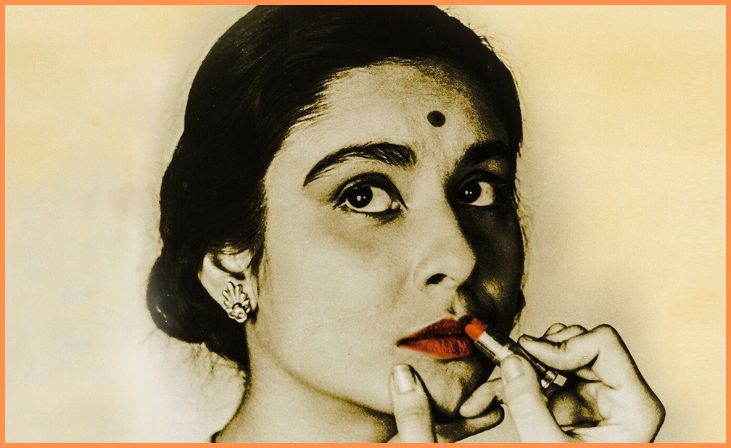
“Mahanagar” (1963), directed by Satyajit Ray, holds an IMDb rating of 8.1/10. This film, set in the bustling city of Kolkata, explores the transformative journey of a middle-class woman navigating the challenges of urban life and societal expectations. Ray’s insightful storytelling captures the protagonist’s evolution as she steps into the workforce, challenging traditional gender roles. The film, with its nuanced characters and social commentary, reflects Ray’s keen observations of changing times. Cinematographer Subrata Mitra’s work complements Ray’s direction, creating a visually engaging narrative. “Mahanagar” stands as a compelling exploration of personal growth, societal norms, and the evolving dynamics of a modern city.
Conclusion
In concluding this exploration of Satyajit Ray’s top 10 films by IMDb ratings, we witness the enduring brilliance of a cinematic maestro. Ray’s storytelling prowess, nuanced characters, and societal reflections have left an indelible mark on world cinema. From the lyrical “Pather Panchali” to the philosophical “Agantuk,” each film stands as a testament to Ray’s unparalleled artistry. As audiences continue to appreciate and discover his works, Satyajit Ray’s legacy persists, a beacon guiding filmmakers and enthusiasts alike through the timeless allure of his cinematic masterpieces.
FAQs
“Pather Panchali” (1955) holds the distinction of being Satyajit Ray’s highest-rated film on IMDb, showcasing his exceptional storytelling and directorial skills.
Two films from the Apu Trilogy— “Pather Panchali” and “Apur Sansar”—are included in Satyajit Ray’s top 10 films by IMDb ratings.
“The Adversary” (1971) is notable for representing a departure from Satyajit Ray’s traditional style, incorporating suspense and psychological elements.

